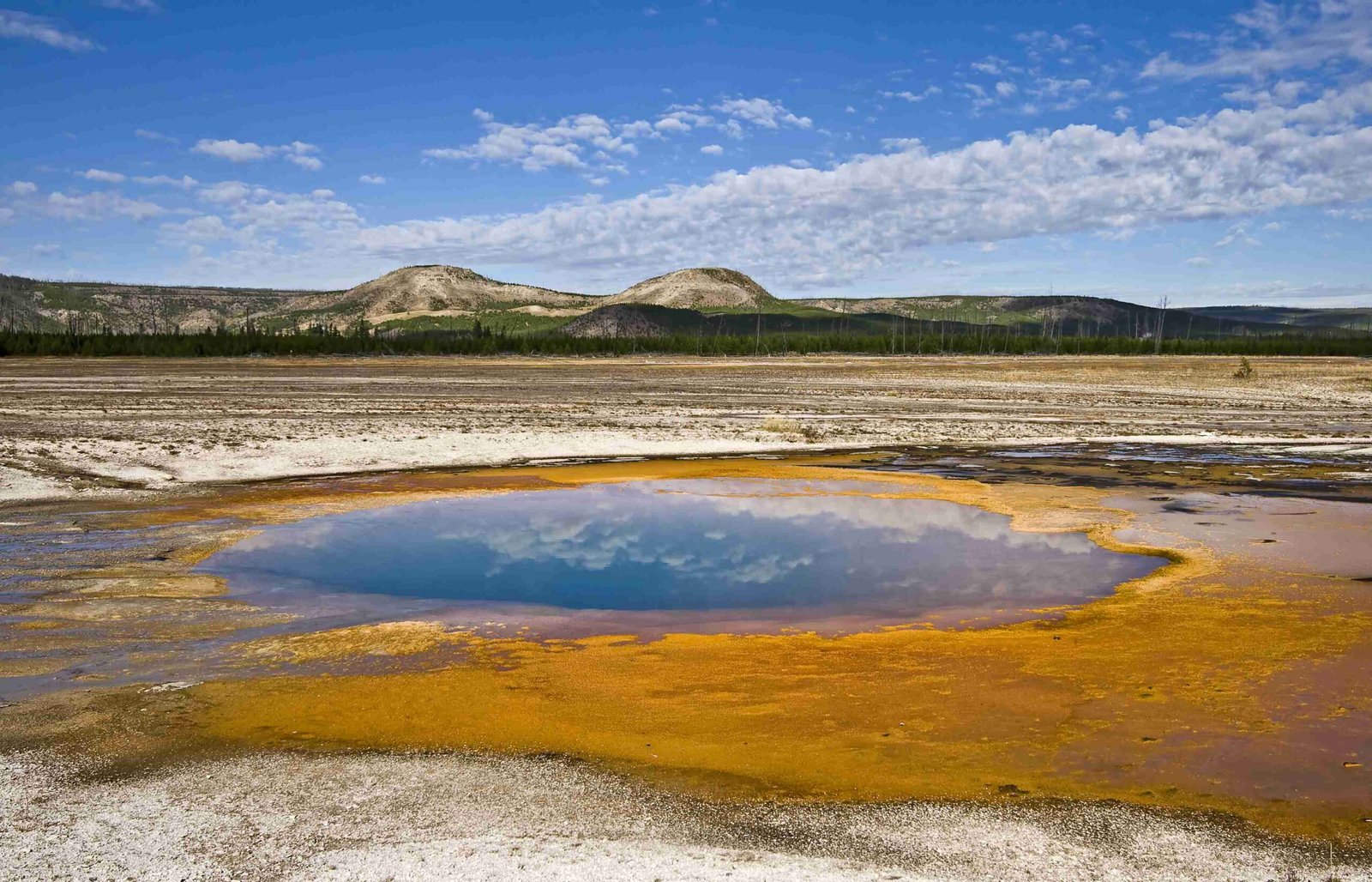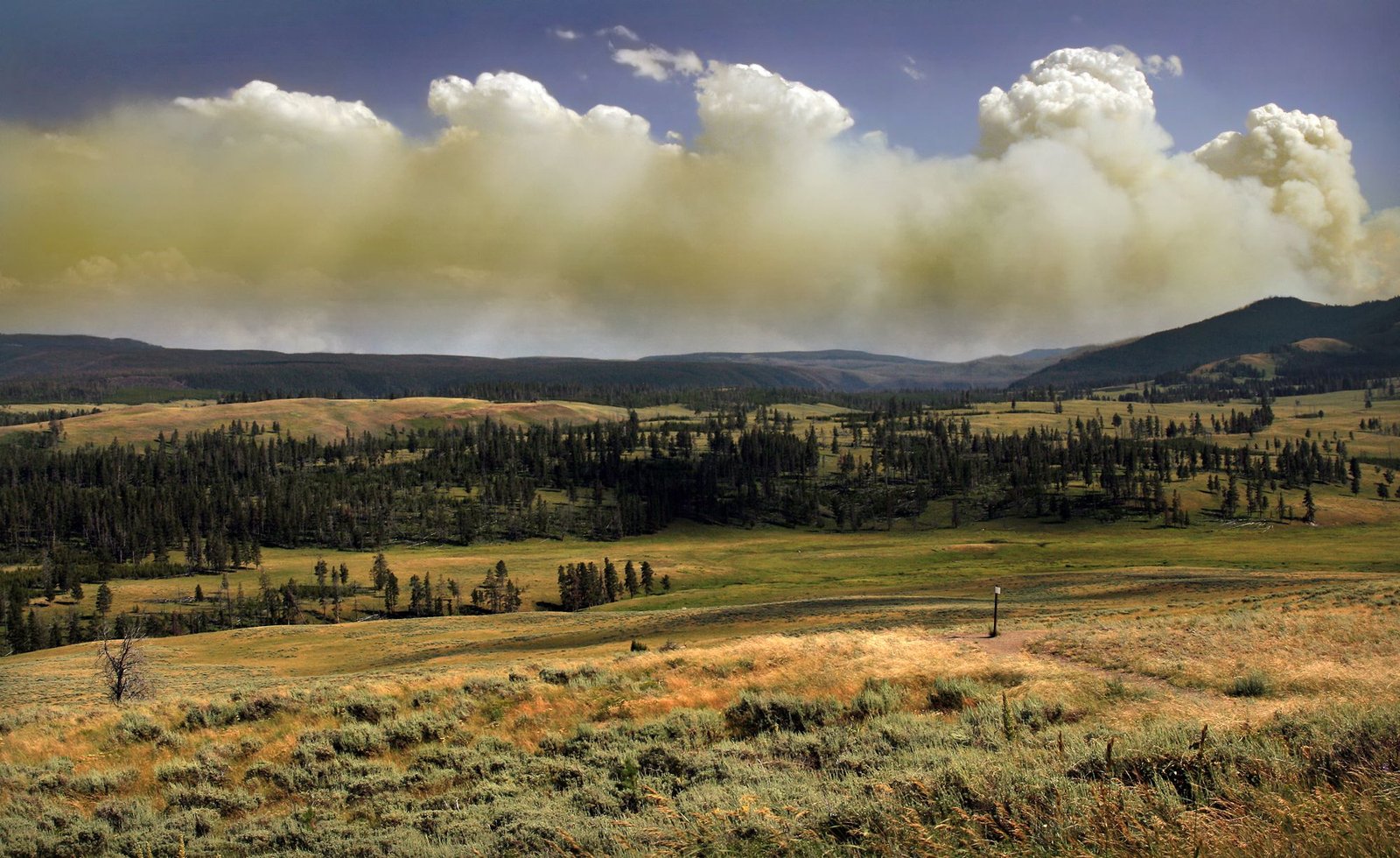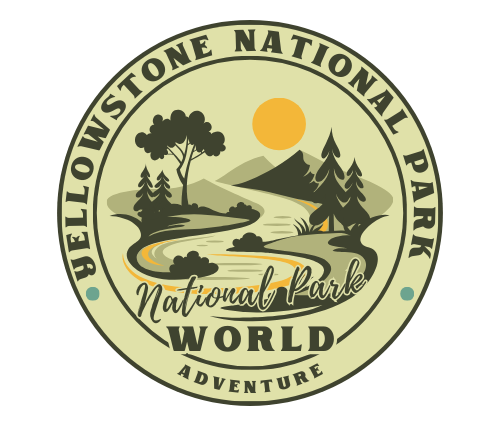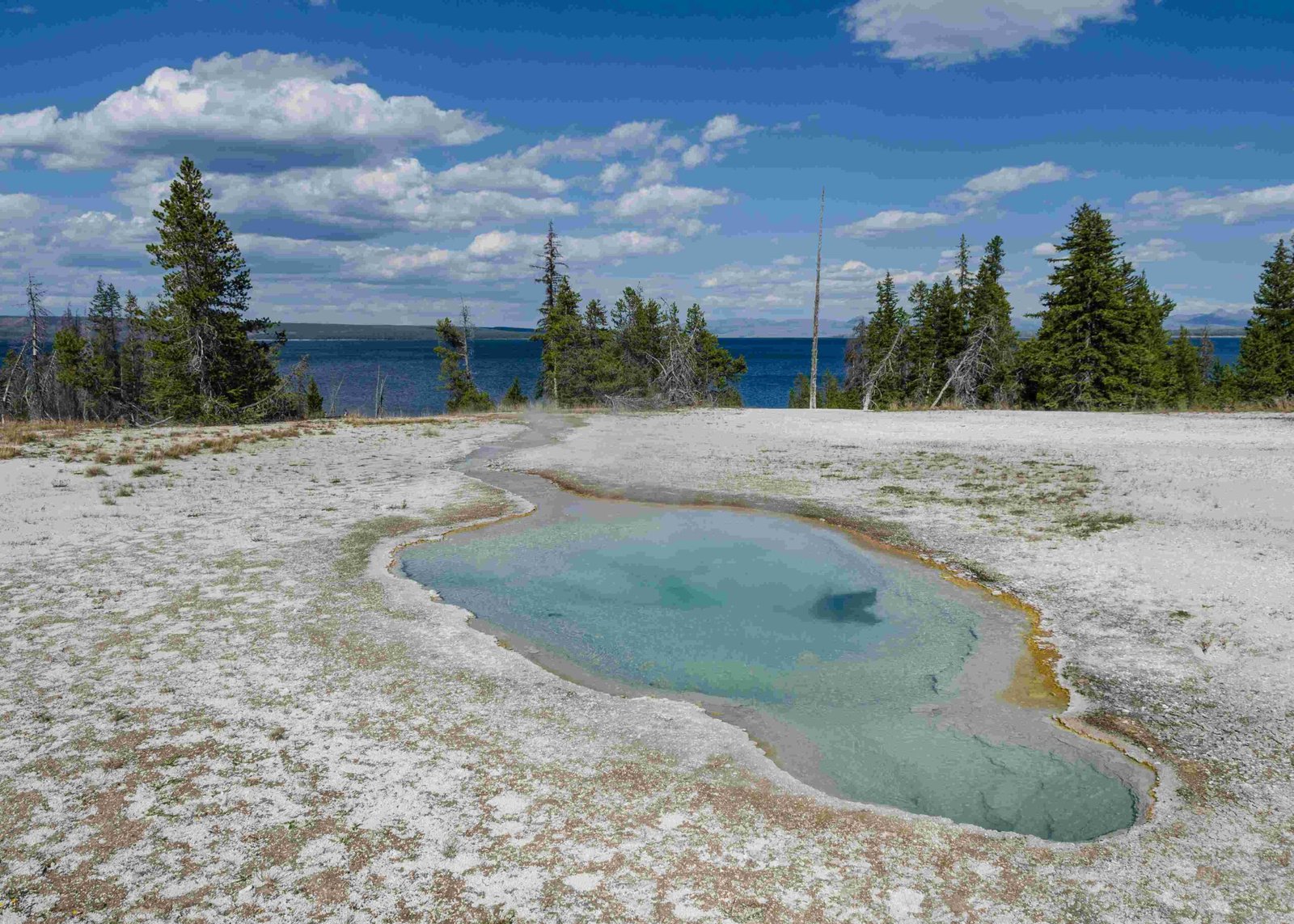Habitat conservation efforts in Yellowstone National Park have significantly improved biodiversity, protected endangered species, and restored natural ecosystems. These initiatives have expanded wildlife habitats, created safe corridors for animal migration, and reintroduced key species like wolves. Conservation measures have also enhanced visitor experiences through educational programs and sustainable facilities, while addressing challenges such as climate change and human-wildlife conflicts.
What Are the Specific Habitat Conservation Initiatives in Yellowstone?

Yellowstone National Park has implemented several crucial habitat conservation initiatives:
-
Bison Habitat Expansion: In 2015, a plan was approved to allow Yellowstone bison access to over 250,000 acres of habitat outside the park. This initiative significantly reduced the need for hazing bison and allowed for their management as valued wildlife in Montana.
-
Wildlife Corridors and Crossings: The Greater Yellowstone Coalition secured funding for wildlife crossing structures, such as the Dry Piney wildlife crossings and underpasses on Wyoming highways 22 and 390. These structures enhance wildlife migration and movement, reducing vehicle collisions and promoting genetic diversity.
-
Native Fish Restoration: The park undertook a major effort to restore native fish species. Native arctic grayling and cutthroat trout were released into 196 stream miles and 293 lake acres after removing non-native fish species.
-
Grizzly Bear Habitat Protection: Efforts to protect grizzly bear core habitat included the permanent protection of 1.2 million acres of the Wyoming Range from oil and gas drilling.
-
Whitebark Pine Conservation: In 2021, a project was initiated to assess whitebark pine health across 525 acres of the park, following the species’ listing as threatened under the Endangered Species Act in 2022.
How Have These Initiatives Enhanced Biodiversity?

The conservation initiatives in Yellowstone have significantly enhanced biodiversity:
Wolf Reintroduction
The reintroduction of wolves in 1995 has had a cascading effect on the ecosystem:
– Regulated elk populations
– Rebounded riparian willows
– Increased beaver populations
This demonstrates the interconnectedness of species in ecosystems and the importance of apex predators.
Native Fish Recovery
The restoration of native fish species has:
– Improved aquatic habitat
– Reduced the impact of non-native species
– Enhanced overall ecosystem health
Grizzly Bear Management
Conservation efforts for grizzly bears include:
– Installation of bear-proof food storage boxes in 72% of the park’s campsites
– Reduced human-bear conflicts
– Contributed to grizzly bear population recovery
Bird Conservation
Efforts to recover common loons and trumpeter swans have included:
– Installation of nesting platforms
– Release of cygnets
– First successful cygnet production on Swan Lake since 1967
What Facilities and Amenities Are Available for Conservation-Minded Tourists?
Yellowstone National Park offers several facilities and amenities for tourists interested in habitat conservation efforts:
-
Guided Tours: Ranger-led tours and educational programs inform visitors about the park’s conservation efforts, including wildlife management and habitat restoration.
-
Educational Programs: The park offers permanent educational programming in collaboration with associated tribes, focusing on bison management and other conservation projects.
-
Accessibility Options: Efforts have been made to improve accessibility while reducing environmental impact, including the use of permeable pavement and recycled materials in walkways and facilities.
-
Visitor Centers: Facilities like the Old Faithful Visitor Education Center provide information on conservation measures and the park’s ecological processes.
What Challenges Does Yellowstone Face in Maintaining Habitat Conservation?
Yellowstone National Park faces several challenges in maintaining habitat conservation:
Climate Change
- Expected drier conditions necessitate water conservation efforts
- The park is working to reduce potable water consumption
- Implementation of water-smart technologies
Funding and Resources
- Reliance on funding and partnerships for conservation measures
- Example: The microhydro generator in Mammoth Hot Springs was made possible through specific funding and partnerships
Community Involvement
- Engagement in community involvement through events like the Old Salt Festival
- Partnerships with local tribes and organizations to ensure ongoing support for conservation efforts
How Can Visitors Contribute to Habitat Conservation in Yellowstone?
Visitors can contribute to habitat conservation efforts in Yellowstone National Park in several ways:
-
Follow Park Rules: Adhere to guidelines for wildlife viewing, waste disposal, and campfire regulations.
-
Support Conservation Organizations: Donate to or volunteer with organizations working to protect Yellowstone’s ecosystem.
-
Participate in Educational Programs: Attend ranger-led talks and tours to learn about conservation efforts and how to support them.
-
Practice Leave No Trace: Minimize your impact on the environment by following Leave No Trace principles.
-
Report Wildlife Sightings: Contribute to citizen science efforts by reporting wildlife sightings to park rangers or through approved apps.
What Are the Measurable Outcomes of Habitat Conservation in Yellowstone?
Habitat conservation efforts in Yellowstone have resulted in several measurable outcomes:
| Conservation Effort | Measurable Outcome |
|---|---|
| Wolf Reintroduction | Balanced ecosystem with regulated elk populations and increased beaver and willow populations |
| Native Fish Restoration | Improved aquatic habitat in 196 stream miles and 293 lake acres |
| Grizzly Bear Management | Bear-proof food storage boxes installed in 72% of campsites, reducing human-bear conflicts |
| Bird Conservation | Successful cygnet production on Swan Lake after a 55-year hiatus |
| Water Conservation | Smart controllers reducing irrigation water by 30% (3.5 million gallons per year) |
| Waste Management | Up to 60% of waste diverted from landfills through recycling and composting initiatives |
These outcomes demonstrate the tangible benefits of habitat conservation efforts in Yellowstone National Park, showcasing improvements in biodiversity, ecosystem health, and sustainable resource management.

